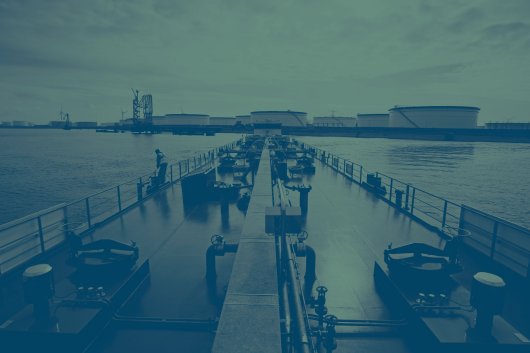Wartsila outlines 'new opportunities for supplying LNG' with FSRB concept
Floating storage and regasificaton barge is designed to enable the supply of LNG in areas where it was previously not possible.
Wartsila says its floating storage and regasificaton barge (FSRB) concept offers "new opportunities for supplying LNG" to locations where it was previously not possible.
The company's flexible barge-mounted storage and regasification solution has storage capacities ranging from 7,500 to 30,000 cubic metres. It has been developed to serve a new market by bringing smaller volumes of LNG to areas that are not possible to reach with floating storage and regasification units (FSRUs), or where the building of an onshore facility is not economically viable. For example:
- Where an onshore tank facility is difficult to build.
- Where the regulatory permits to build onshore are difficult to obtain.
- Where the water is too shallow for FSRUs and large-scale LNG carriers.
- Where a temporary solution is needed while more permanent facilities are being developed.
- Where limited demand cannot support a large fixed facility or a conventional large-scale FSRU.
- Where the demand is temporary, and a solution that can later be relocated or sold elsewhere is preferred.
- Where flexibility for adapting to changing market conditions is essential. Capacity can quickly be increased by adding an additional barge.
The Wartsila FSRB can be utilised to supply gas for power production or other consumers, to provide LNG bunkering for ships, or for distribution via tanker trucks.
It is being marketed by Wartsila as an economically viable, fast delivery solution for providing LNG storage and regasification facilities to areas where the conventional infrastructure is limited, or entirely absent.
Wartsila cites some of the key advantages of using the FSRB as being:
- It is a floating facility that can be moved from one location to another.
- It saves time in obtaining regulatory approvals needed by land-based terminals.
- It requires relatively low capital investment, especially for remote locations and islands where local materials and labour may be limited or unavailable.
- Since the FSRB is unmanned, operating costs are low.
- Delivery time is short, typically one year.
- Financing can be easier to obtain since it is a flexible re-sellable asset.
Mooring
Because each location has its own characteristics, Wartsila has developed different mooring concepts to suit the particular situation. The following five concepts represent typical solutions:
1. FSRB mooring at shore concept
This covers situations where no existing jetty or quay is available. Wartsila constructs an appropriate mooring facility to provide a physical connection to dry land.
2. FSRB mooring at a quay concept
In this case, there is an existing quay where both the barge and the visiting LNG carrier can be moored. It is not, therefore, necessary to construct an expensive mooring structure where simple modifications are sufficient.
3. FSRB mooring at a jetty concept
If it is necessary to construct a jetty, its length depends on the local bathymetric water depths. The jetty must be at a depth where small-scale LNG carriers can safely berth and offload their cargo. The FSRB is permanently moored at the jetty and the LNG carrier can dock either next to the barge for ship-to-barge transfer, or can deliver the LNG via cross-jetty transfer.
4. FSRB as a landlocked concept
Where the local geotechnical conditions are poor, excavations can be carried out to create a small pond or lagoon with an access canal to the open water. When the barge has been floated into the lagoon, the canal is filled in and the barge is 'landlocked'. It can be moored by ropes to bollards on the land. This is a solution particularly suited to swamps and very low, wet land. A connection will be necessary to transfer LNG from the supplying carrier to the barge. This can be made either by a jetty or by using a floating LNG hose that can be connected to the carrier.
5. Jettyless LNG transfer concept
This solution is applicable when the visiting LNG carrier is conventionally spread moored near shore. The hoses are floated from an on-shore hose reel and the barge is towed out to the LNG carrier for unloading. The barge's own unloading arm is then attached to the carrier with mooring ropes. This solution enables small-scale LNG transfers to the LNG storage on shore or to the landlocked FSRBs.
Handling boil-off gas
Storage of the LNG is in a number of independent Type-C tanks. When liquefied gas is stored for longer periods, heat flux from the surroundings will increase the temperature inside the tank, thus causing the liquid to evaporate. The generated gas from this is known as boil-off gas (BOG). The BOG has a larger volume than the LNG from which it was created, which in turn increases the pressure inside the tank. The Type-C tanks can handle internal pressures up to 6 bar, which allows them to store the BOG for longer periods, whereas membrane or land-based atmospheric tanks require the BOG to be handled much sooner.
Where the FSRB is supplying gas to a nearby electricity generating power plant, the BOG can be fed easily via a low-pressure pipeline to the plant. This represents a cost-efficient means of handling the BOG. Similarly, waste heat generated by the power plant can be fed back to the barge to be utilised in the regasification process.
Regasification
The regasification systems used on the FSRB utilise either the water/glycol system, taking heat from a nearby source such as a power plant, or ambient air vaporisers. Ambient air vaporisers use the heat in the surrounding air to vaporise the LNG into gaseous form.
Flexibility
The barge is equipped with similar processes as those on land-based satellite and bunkering facilities. The processes can also be split between the barge and land. This can be achieved, for example, by locating the LNG storage tanks on the barge and the process equipment and support facilities onshore.
Also, The modular design of both the barge hull and the onboard storage tanks makes scaling up or down easy, and there is always the option of adding a second barge if one alone cannot provide sufficient storage capacity.
Additionally, the barge is unmanned during normal operations and because it is unpropelled, there are no special demands or restrictions by the marine authorities.
The company's flexible barge-mounted storage and regasification solution has storage capacities ranging from 7,500 to 30,000 cubic metres. It has been developed to serve a new market by bringing smaller volumes of LNG to areas that are not possible to reach with floating storage and regasification units (FSRUs), or where the building of an onshore facility is not economically viable. For example:
- Where an onshore tank facility is difficult to build.
- Where the regulatory permits to build onshore are difficult to obtain.
- Where the water is too shallow for FSRUs and large-scale LNG carriers.
- Where a temporary solution is needed while more permanent facilities are being developed.
- Where limited demand cannot support a large fixed facility or a conventional large-scale FSRU.
- Where the demand is temporary, and a solution that can later be relocated or sold elsewhere is preferred.
- Where flexibility for adapting to changing market conditions is essential. Capacity can quickly be increased by adding an additional barge.
The Wartsila FSRB can be utilised to supply gas for power production or other consumers, to provide LNG bunkering for ships, or for distribution via tanker trucks.
It is being marketed by Wartsila as an economically viable, fast delivery solution for providing LNG storage and regasification facilities to areas where the conventional infrastructure is limited, or entirely absent.
Wartsila cites some of the key advantages of using the FSRB as being:
- It is a floating facility that can be moved from one location to another.
- It saves time in obtaining regulatory approvals needed by land-based terminals.
- It requires relatively low capital investment, especially for remote locations and islands where local materials and labour may be limited or unavailable.
- Since the FSRB is unmanned, operating costs are low.
- Delivery time is short, typically one year.
- Financing can be easier to obtain since it is a flexible re-sellable asset.
Mooring
Because each location has its own characteristics, Wartsila has developed different mooring concepts to suit the particular situation. The following five concepts represent typical solutions:
1. FSRB mooring at shore concept
This covers situations where no existing jetty or quay is available. Wartsila constructs an appropriate mooring facility to provide a physical connection to dry land.
2. FSRB mooring at a quay concept
In this case, there is an existing quay where both the barge and the visiting LNG carrier can be moored. It is not, therefore, necessary to construct an expensive mooring structure where simple modifications are sufficient.
3. FSRB mooring at a jetty concept
If it is necessary to construct a jetty, its length depends on the local bathymetric water depths. The jetty must be at a depth where small-scale LNG carriers can safely berth and offload their cargo. The FSRB is permanently moored at the jetty and the LNG carrier can dock either next to the barge for ship-to-barge transfer, or can deliver the LNG via cross-jetty transfer.
4. FSRB as a landlocked concept
Where the local geotechnical conditions are poor, excavations can be carried out to create a small pond or lagoon with an access canal to the open water. When the barge has been floated into the lagoon, the canal is filled in and the barge is 'landlocked'. It can be moored by ropes to bollards on the land. This is a solution particularly suited to swamps and very low, wet land. A connection will be necessary to transfer LNG from the supplying carrier to the barge. This can be made either by a jetty or by using a floating LNG hose that can be connected to the carrier.
5. Jettyless LNG transfer concept
This solution is applicable when the visiting LNG carrier is conventionally spread moored near shore. The hoses are floated from an on-shore hose reel and the barge is towed out to the LNG carrier for unloading. The barge's own unloading arm is then attached to the carrier with mooring ropes. This solution enables small-scale LNG transfers to the LNG storage on shore or to the landlocked FSRBs.
Handling boil-off gas
Storage of the LNG is in a number of independent Type-C tanks. When liquefied gas is stored for longer periods, heat flux from the surroundings will increase the temperature inside the tank, thus causing the liquid to evaporate. The generated gas from this is known as boil-off gas (BOG). The BOG has a larger volume than the LNG from which it was created, which in turn increases the pressure inside the tank. The Type-C tanks can handle internal pressures up to 6 bar, which allows them to store the BOG for longer periods, whereas membrane or land-based atmospheric tanks require the BOG to be handled much sooner.
Where the FSRB is supplying gas to a nearby electricity generating power plant, the BOG can be fed easily via a low-pressure pipeline to the plant. This represents a cost-efficient means of handling the BOG. Similarly, waste heat generated by the power plant can be fed back to the barge to be utilised in the regasification process.
Regasification
The regasification systems used on the FSRB utilise either the water/glycol system, taking heat from a nearby source such as a power plant, or ambient air vaporisers. Ambient air vaporisers use the heat in the surrounding air to vaporise the LNG into gaseous form.
Flexibility
The barge is equipped with similar processes as those on land-based satellite and bunkering facilities. The processes can also be split between the barge and land. This can be achieved, for example, by locating the LNG storage tanks on the barge and the process equipment and support facilities onshore.
Also, The modular design of both the barge hull and the onboard storage tanks makes scaling up or down easy, and there is always the option of adding a second barge if one alone cannot provide sufficient storage capacity.
Additionally, the barge is unmanned during normal operations and because it is unpropelled, there are no special demands or restrictions by the marine authorities.

|
How to engineer and manage green shipping fuels | Stanley George, VPS
Effective management strategies and insights for evolving fuel use. |
|
|
|
||
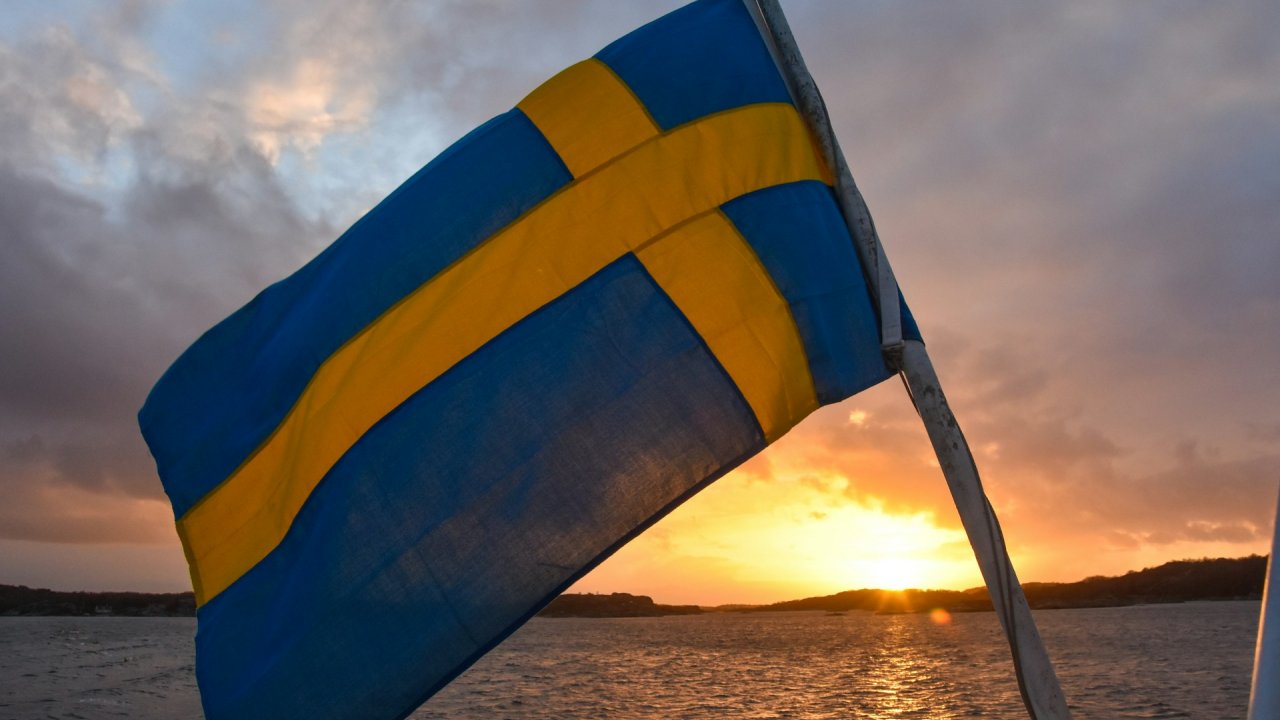
|
Swedish government bans scrubber wastewater discharges
Discharges from open-loop scrubbers to be prohibited in Swedish waters from July 2025. |
|
|
|
||
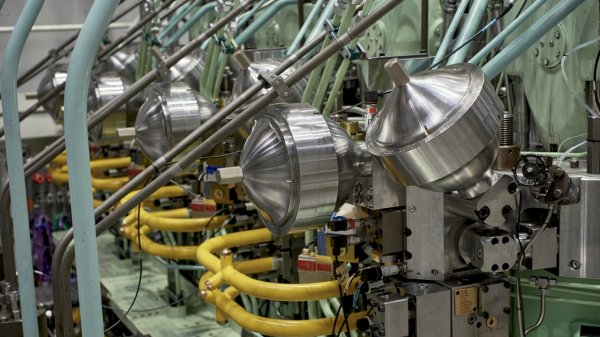
|
MAN Energy Solutions achieves 100% load milestone for ammonia engine
Latest tests validate fuel injection system throughout the entire load curve. |
|
|
|
||
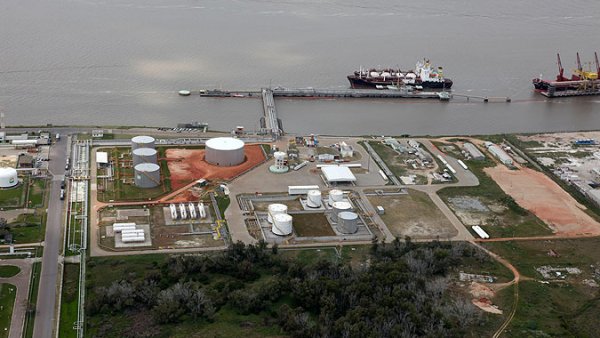
|
Petrobras secures ISCC EU RED certification for B24 biofuel blend at Rio Grande
Blend consisting of 24% FAME is said to have been rigorously tested to meet international standards. |
|
|
|
||
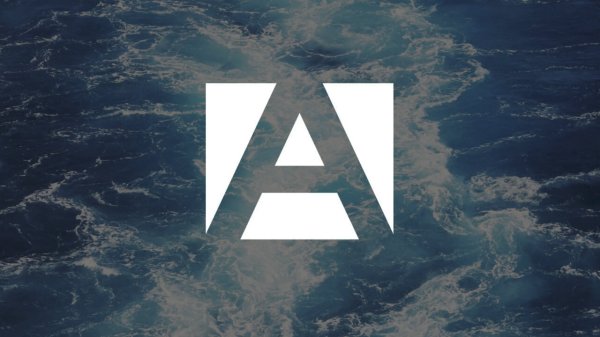
|
Stolt-Nielsen to fully control Avenir LNG with acquisition
Share purchase agreement to buy all shares from Golar LNG and Aequitas. |
|
|
|
||
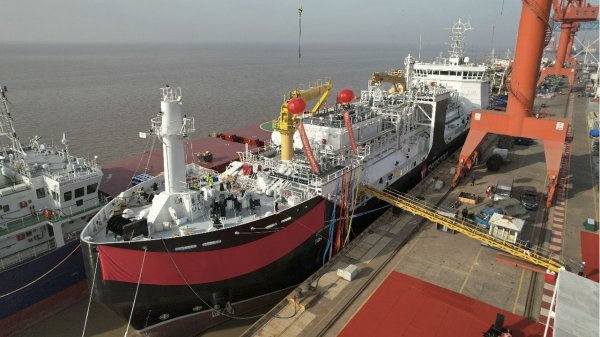
|
Bureau Veritas supports launch of CIMC SOE's LNG bunkering vessel
Handover of Seaspan Energy's cutting-edge 7,600-cbm vessel completed. |
|
|
|
||
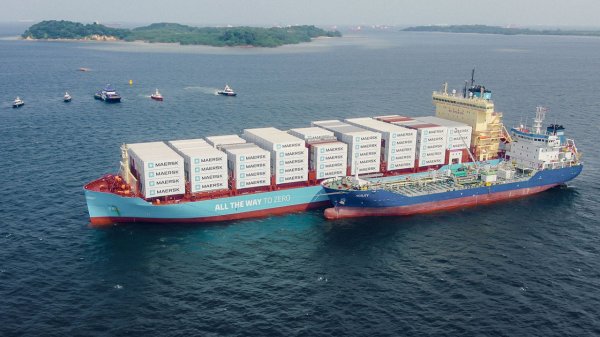
|
Methanol as a marine fuel | Steve Bee, VPS
How environmental legislation has driven the development of low-sulphur fuels and methanol-ready ships. |
|
|
|
||

|
Martin Vorgod elevated to CEO of Global Risk Management
Vorgod, currently CCO at GRM, will officially step in as CEO on December 1, succeeding Peder Møller. |
|
|
|
||

|
Dorthe Bendtsen named interim CEO of KPI OceanConnect
Officer with background in operations and governance to steer firm through transition as it searches for permanent leadership. |
|
|
|
||
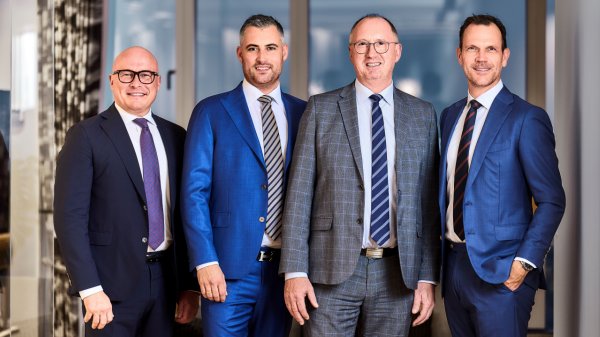
|
Bunker Holding revamps commercial department and management team
CCO departs; commercial activities divided into sales and operations. |
|
|
|
||
Related Links
- · Another first for Wartsila as wireless charging for hybrid coastal ferry is 'successfully' tested [Insights]
- · Wartsila launches tug designs with hybrid propulsion [Insights]
- · Shell's LNG bunker barge to include Wartsila tanks and cargo handling system [Insights]
- · Germany's first LNG-fuelled research vessel to feature Wartsila technology [Insights]
- · Common rail inventor explains why Wartsila 31 is world's most efficient 4-stroke engine [Insights]

